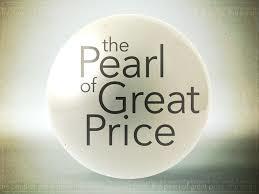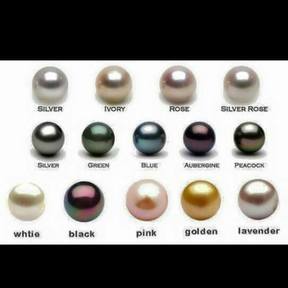Store Hours
Monday — Friday
10:00 AM — 9:30 PM
Saturday
Noon — 7:00 PM
Sunday
Closed

WELCOME TO MY PEARL PARTY, THIS IS SO FUN! LETS OPEN SOME OYSTERS!
THIS IS HOW IT WORKS
1. SELECT A OYSTER WITH A TWIN PEARL FROM MY SHOP
2 SELECT AN EVENT DAY ON FACEBOOK THAT YOU ARE AVAILABLE TO WITNESS LIVE THE REVEALING OF YOUR AKOYA OYSTER PEARL
3. AT MY PARTY LIVE ,YOU WILL CHOOSE AND YOU MAKE A WISH, RIGHT BEFORE THE OPENING OF THE HIGH QUALITY REAL AA+ AKOYA PEARL! HOW BIG? WHAT COLOR? NO ONE KNOWS.CHOOSE OF MY JEWELRY TO DISPLAY THE PEARL, OR I CAN JUST MAIL THE PEARL TO YOU, ALL SHIPPING IN THE U.S. IS ONLY 4.00 STANDARD POSTAL.
4.COLORS ARE:
CREAM ,GOLD, LAVENDER, BLACK, WHITE, PINK
WIN FREE PRODUCTS! BY SHARING MY LIVE STREAM PAGE, AND GET ENTERED IN A DRAWING AT THE END OF THE MONTH! SO STAY CONNECTED AND SHARE SHARE SHARE!!

CATRINA LOPEZ
store owner
Today, the cultured pearls Akoya, South Sea and Tahiti. These pearls are gonad grown, and usually one pearl is grown at a time. This limits the number of pearls at a harvest period. The pearls are usually harvested after 1-3 years for akoya, 2–4 years for Tahitian and South Sea, and 2–7 years for Akoya freshwater. This perliculture process was first developed by the British biologist William Saville-Kent who passed the information along to Tatsuhei Mise and Tokichi Nishikawa from Japan.also akoya oyster is found in China, Hawaii and California,Japan
Along with a small piece of mantle tissue from another mollusk (donor shell) to serve as a catalyst for the pearl sac, it is surgically implanted into the gonad (reproductive organ) of a saltwater mollusk. In freshwater perliculture, only the piece of tissue is used in most cases, and is inserted into the fleshy mantle of the host mussel. South Sea and Tahitian pearl oysters, also known as Pinctada maxima and Pinctada margaritifera, which survive the subsequent surgery to remove the finished pearl, are often implanted with a new, larger beads as part of the same procedure and then returned to the water for another 2–3 years of growth.
Despite the common misperception, Mikimoto did not discover the process of pearl culture. The accepted process of pearl culture was developed by the British Biologist William Saville-Kent in Australia and brought to Japan by Tokichi Nishikawa
Store Hours
Monday — Friday
10:00 AM — 9:30 PM
Saturday
Noon — 7:00 PM
Sunday
Closed